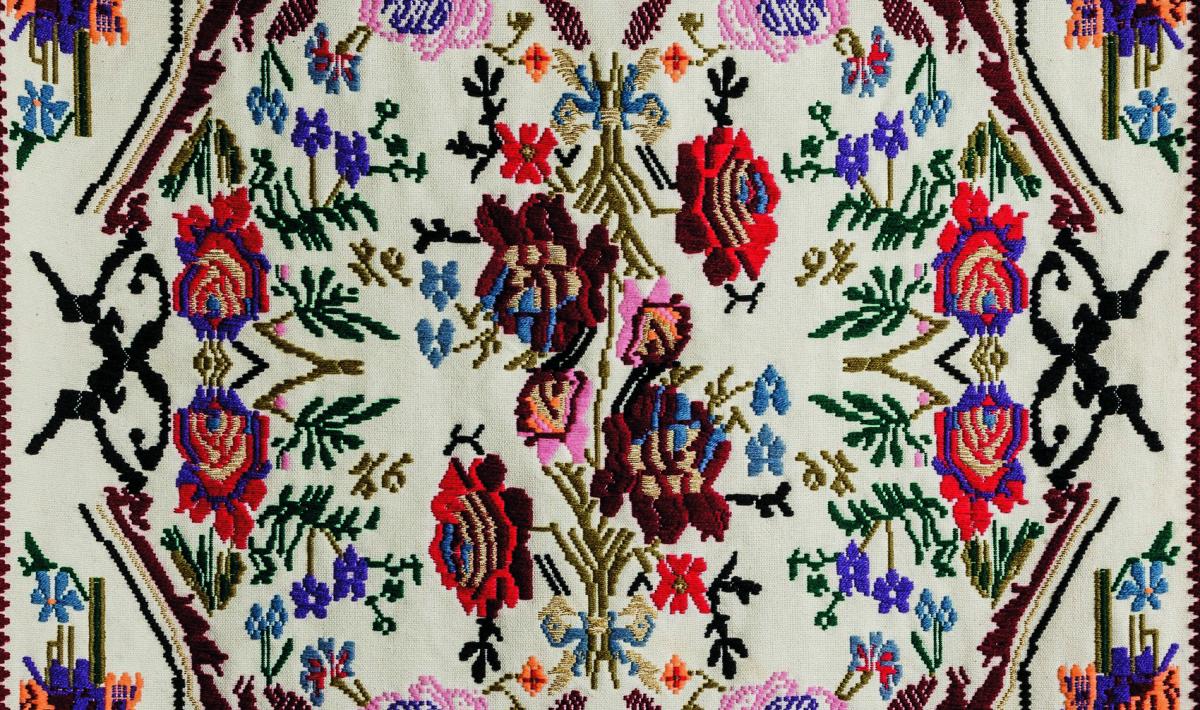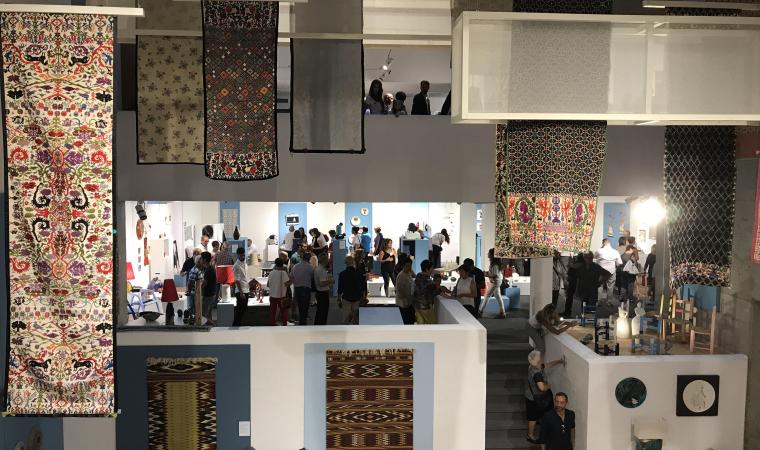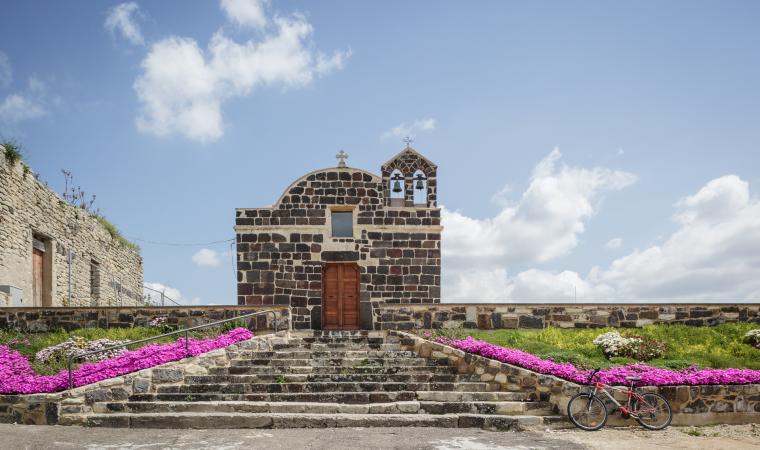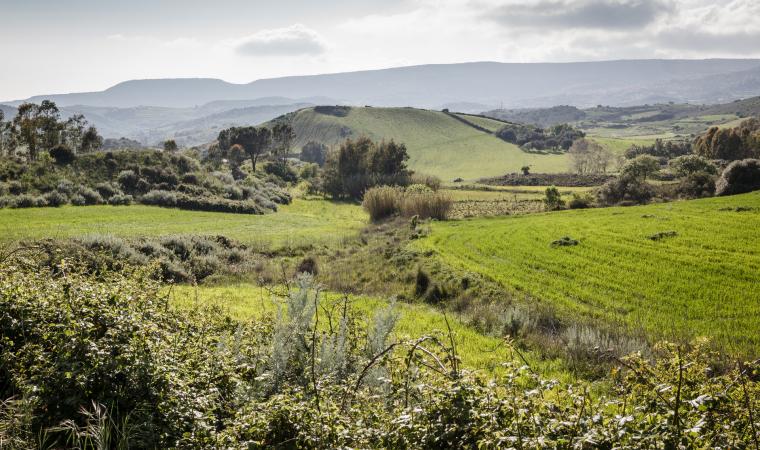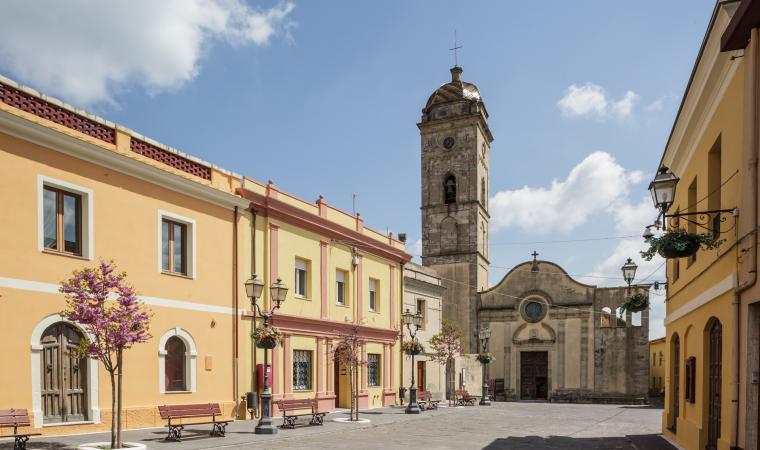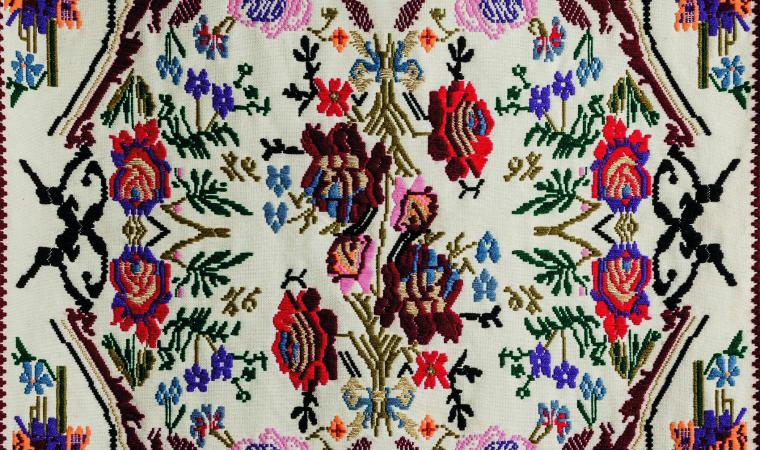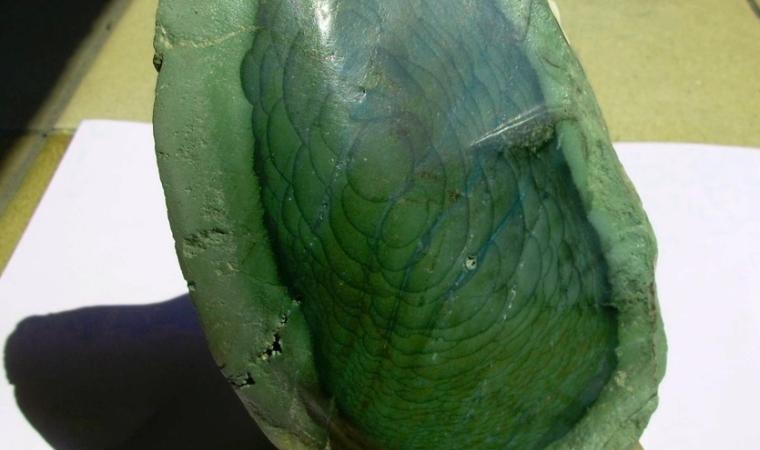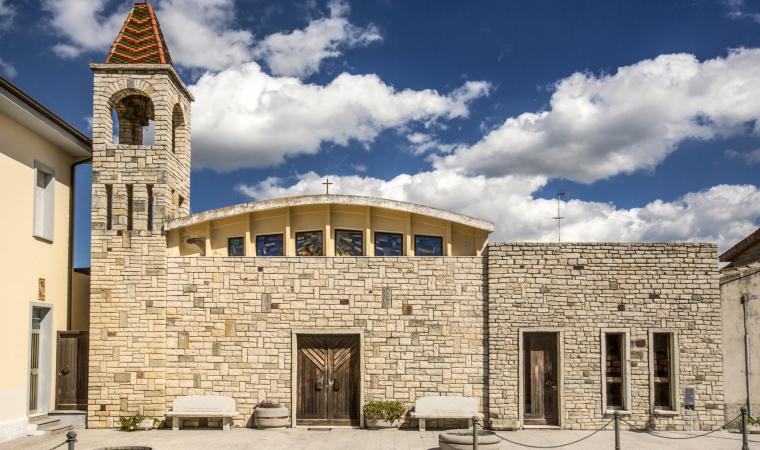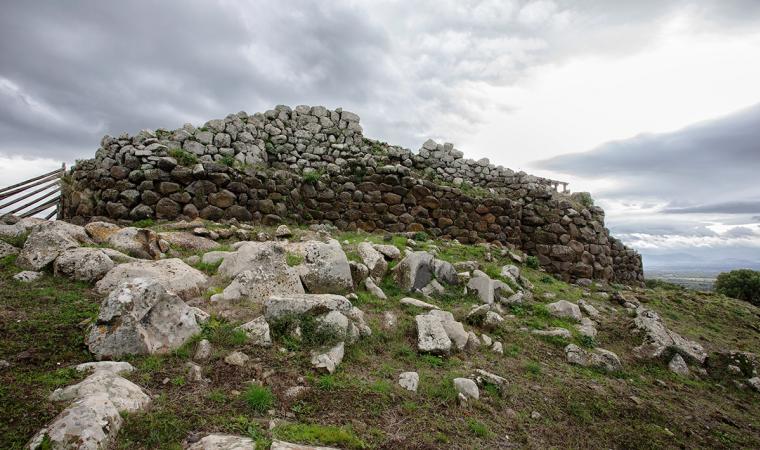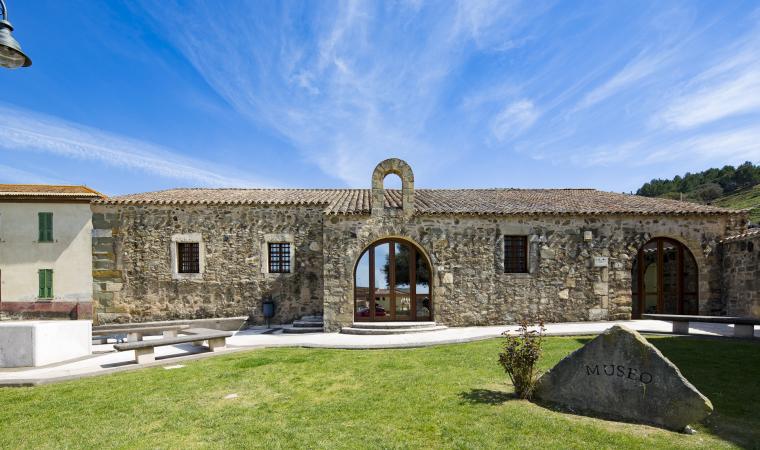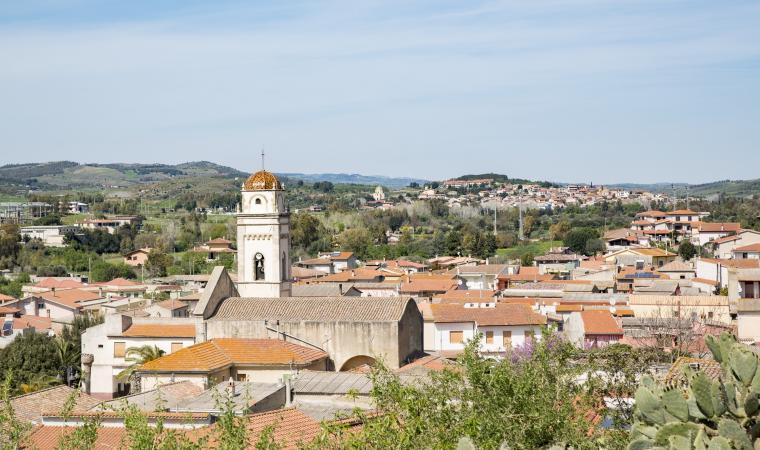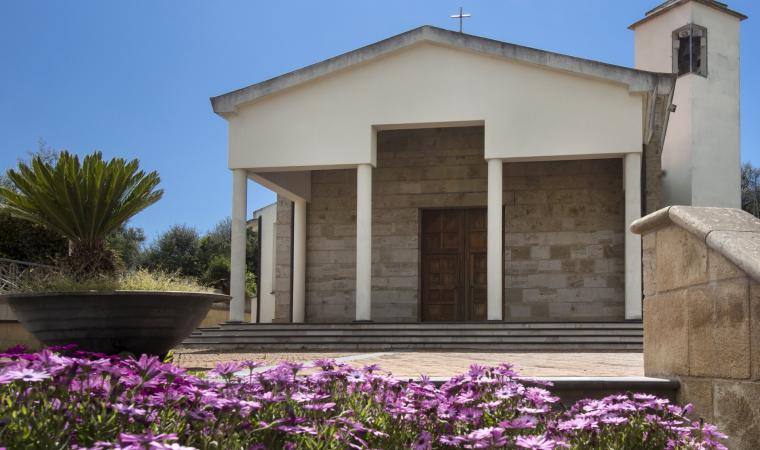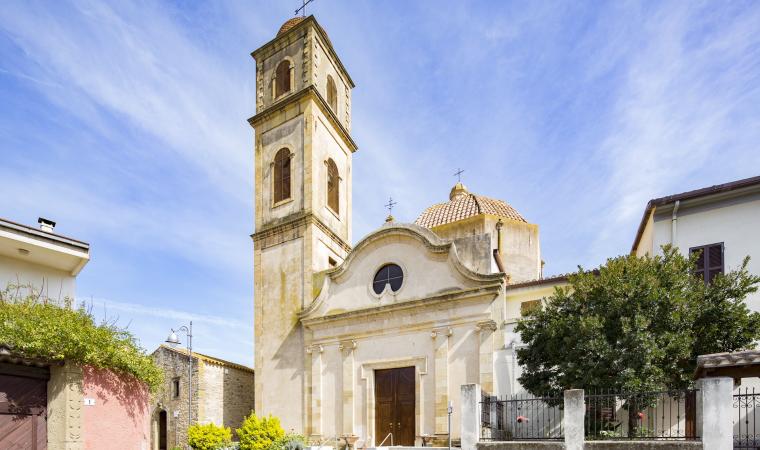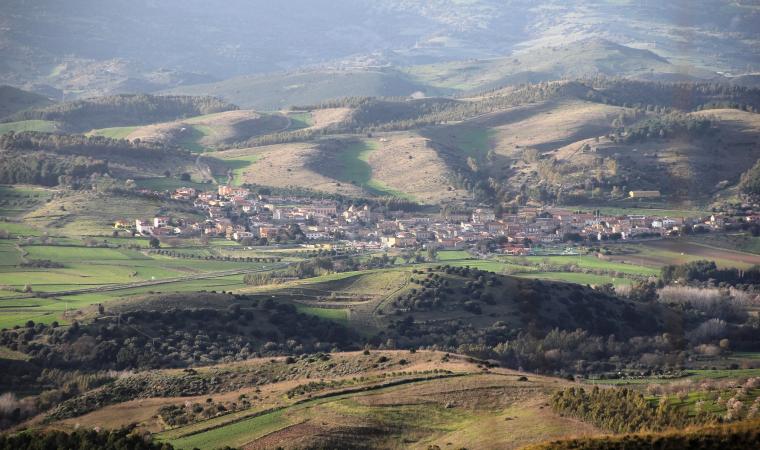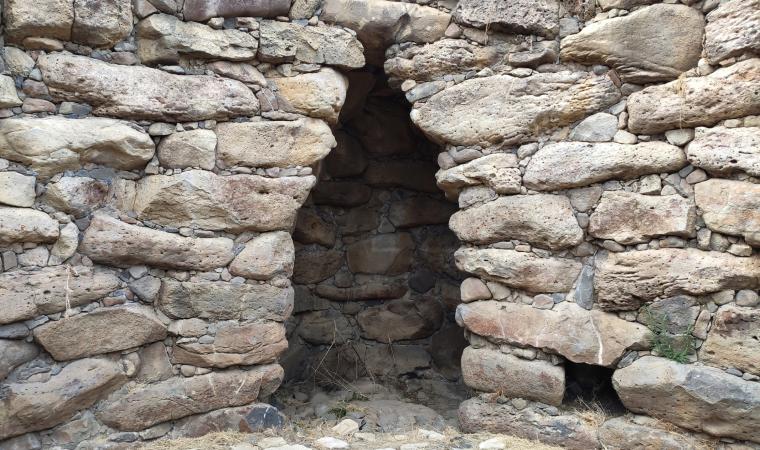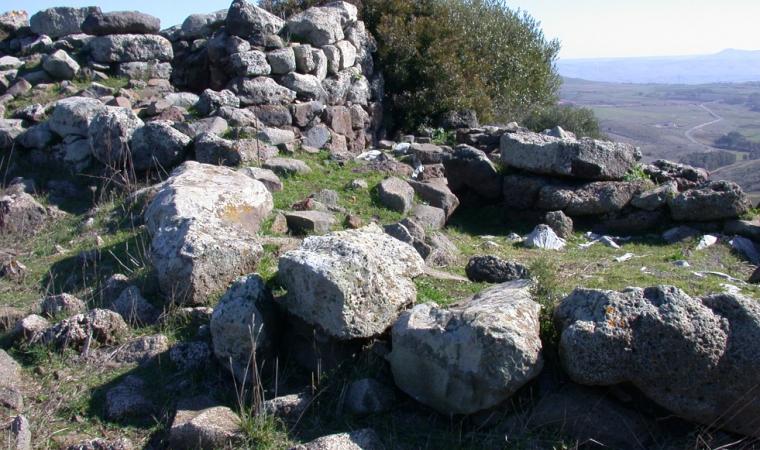Mogoro is synonymous with the art of textiles and woodworking, crafts renowned the world over and with roots set deep in history. In the mid-XIX century, the sound of 600 looms acted as a rhythmic backdrop to daily life, and still today it is a tradition kept very much alive. The rural town is in the upper Marmilla and boasts 4,500 inhabitants. It is known for its rugs, tapestries, traditional dress, wedding chest covers, is fanigas (for on top of the chests), is cannacas (ox collars), chairs and trunks, and for the fine wine made by the local cooperative. Every summer since 1961, visitors from all over Europe flock to the Sardinian Artistic Crafts Fair.
The town sits on an plain on the southern slope of Monte Arci, 35 km south of Oristano. A region steeped in history, it was the Mediterranean seat of obsidian processing in prehistoric times. The fertile land, the harvests and milling of grain have given the local bread and baked goods (civrasciu, coccoi, malloreddus and fregola), as well as sweets (pan’e saba, pabassini and pardulas), a distinct technique and character. Artisanal workshops alternate along the streets with basalt homes graced with lime window frames and wooden doors. In the centre is the church of San Bernardino da Siena, a late Romanesque building with baroque touches. It has a single nave with frescoes depicting the life of St. Bernardino and is home to a relic of the 1604 miracle of the Eucharist. The Romanesque-Gothic church of the Carmine was built in the early XVI century and belonged to the Carmelite monastery until 1855. In a medieval village destroyed by the Saracens in the XV century is the church of Santa Maria Carcaxia. Although it has been rebuilt various times (the last renovation was in 1921) it seems to have been originally constructed in the year 1000. Its walls are of white stone and basalt and it is surrounded by vineyards and olive groves. The ancient church of Sant’Antioco was built with the same materials on a nearby hilltop and can be reached along panoramic stairs. You can enjoy cultural-archaeological excursions surrounded by nature. The oldest of the area’s remains date to the Palaeolithic Age. The vases from the Ozieri culture date to the late Neolithic Age and were found at various sites. The pre-Nuragic settlement of Puisteris contained material from the Bonu Ighinu culture. There are 27 nuraghe, 13 single-tower ones, like su Gunventu, and 14 complex ones, as well as the Cuccurada archaeological site (open to the public) featuring a multi-lobed nuraghe built over an earlier corridor version, a protective wall from the Copper Age (2400-2100 BCE) and a megalithic structure of uncertain purpose. Its floor plan is what makes this nuraghe unique. The four towers of the bastion are connected by a wall that encircles a pentagonal courtyard where the remains of huts were identified. The digs uncovered relics that date from the Late Bronze Age to the early Iron Age, reused in the Middle Ages.

